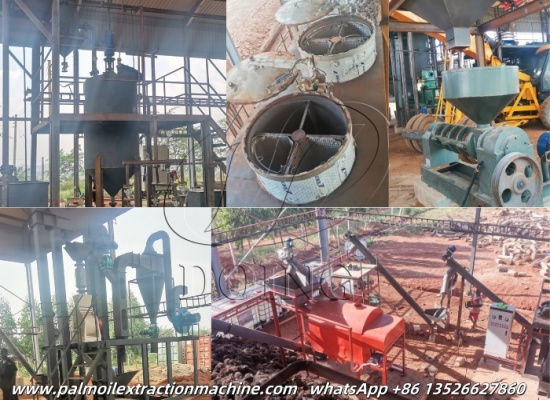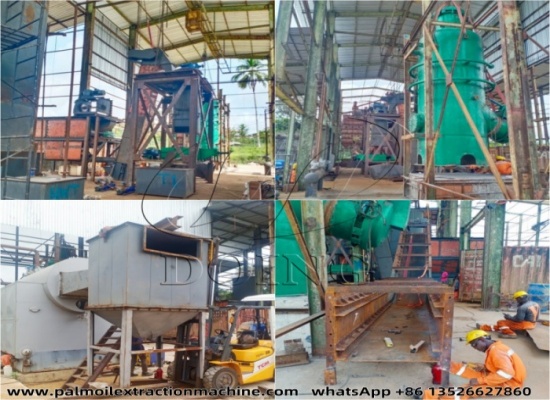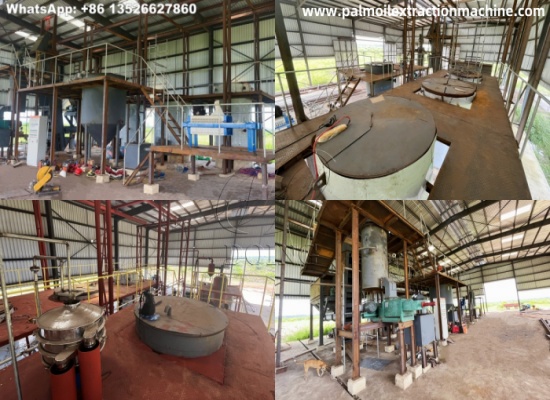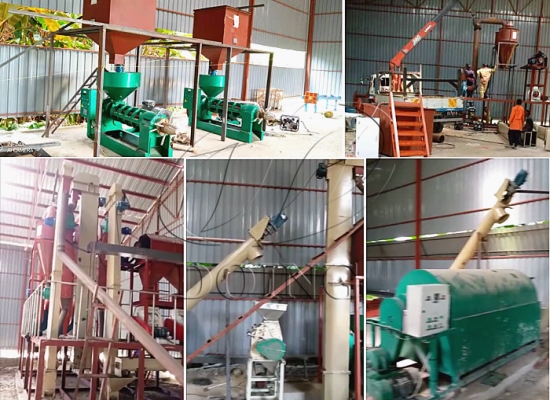Edible oil production in India
The Indian consumption pattern of edible oil is extreme variation. Edible oil is not only consumed as cooking oil, but also applied in different industries and some other uses. India is the fourth largest edible oil market in the world after the U.S.A, China and Brazil, accounting for around 9 percent of the world’s oil seed production.
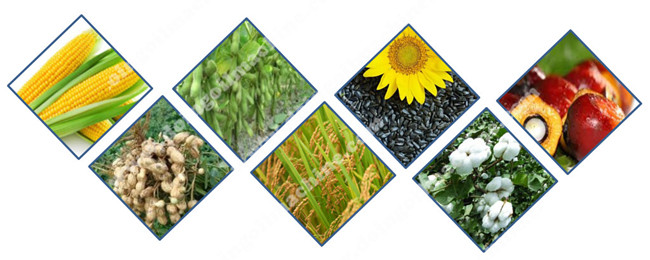
The common oil seeds
India Edible Oil Production
Due to the setting up of the Technology Mission on Oilseeds in 1986, the production of oilseeds increased to 24.8 million tonnes in 1998-99 from about 11.3 million tonnes in 1986-87. The production of oilseeds declined to 20.7 million tonnes in 1999-2000 as the un-seasonal rain. However, the oilseeds production went up to 27.98 million tones in 2005-06. The production of nine major oilseeds is about 30.9 million tons during 2012-13 (Nov.-Oct.) and it is estimated to be about 33.0 million tons during 2013-14 (Nov.-Oct.).
Edible Oil Consumption In India
Vegetable oil consumption has increased due to rise in overall household income, surging retail sector, increasing health awareness, growing population and increasing demand. India's edible oil consumption is expected to rise 5.6 per cent to a record 19.3 million tonnes in the 2014/15 marketing year that began from Nov.

Edible oil production machine
Types Of Oils
India is fortunate in having a wide range of oilseeds crops grown in its different agro climatic zones. Groundnut, mustard/rapeseed, sesame, safflower, linseed, niger seed/castor are the major traditionally cultivated oilseeds. Soyabean and sunflower have also assumed importance in recent years. Coconut oil, rice bran oil, cottonseed oil and oilseeds of tree are also a significant source of oils. Palm oil is grown in Andhra Pradesh, Karnataka, Tamil Nadu in addition to Kerala and Andaman & Nicobar Islandsnow.
Consumption Patterns
India is a vast country. Different regions have different preference of edible oil. For example, people in the South and West prefer groundnut oil while those in the East and North use mustard/rapeseed oil. Some regions in the South prefer to coconut and sesame oil while inhabitants of northern plain prefer Vanaspati, a term used to denote a partially hydrogenated edible oil mixture.
As the development of the oil technology, all oils can be presented as colourless, odourless and tasteless through refining, bleaching and de-odouraisation. Therefore, new kind of oils which were not known before have entered the kitchen, such as cottonseed, sunflower, palm oil, soyabean and rice bran, attracting most traditional customers due to their strong and distinctive taste.
Edible Oil Industry Prospect
The share of raw oil, refined oil and vanaspati in the total edible oil market is estimated roughly at 35%, 55% and 10% respectively.
The government's economic policy that allows greater freedom to open markets and encourages healthy competition and self regulation, rather than the protection and control, which will be conducive to the new entrant. Relaxed controls and regulations have lead to competitive market dominated by both domestic and multinational players.
India is the second most populated country in the world with a population of 1,21 billion people. According to the current population prospects of the United Nations the population of India in the year 2050 will first rise to 1,62 billion. Oil is an essential product of people’s life, so with the increase in population, the demand for oil will increase.
Provided the positive macro and demographic fundamentals in India, the edible oil market will has a favorable demand growth prospect.

The common oil seeds
India Edible Oil Production
Due to the setting up of the Technology Mission on Oilseeds in 1986, the production of oilseeds increased to 24.8 million tonnes in 1998-99 from about 11.3 million tonnes in 1986-87. The production of oilseeds declined to 20.7 million tonnes in 1999-2000 as the un-seasonal rain. However, the oilseeds production went up to 27.98 million tones in 2005-06. The production of nine major oilseeds is about 30.9 million tons during 2012-13 (Nov.-Oct.) and it is estimated to be about 33.0 million tons during 2013-14 (Nov.-Oct.).
Edible Oil Consumption In India
Vegetable oil consumption has increased due to rise in overall household income, surging retail sector, increasing health awareness, growing population and increasing demand. India's edible oil consumption is expected to rise 5.6 per cent to a record 19.3 million tonnes in the 2014/15 marketing year that began from Nov.

Edible oil production machine
Types Of Oils
India is fortunate in having a wide range of oilseeds crops grown in its different agro climatic zones. Groundnut, mustard/rapeseed, sesame, safflower, linseed, niger seed/castor are the major traditionally cultivated oilseeds. Soyabean and sunflower have also assumed importance in recent years. Coconut oil, rice bran oil, cottonseed oil and oilseeds of tree are also a significant source of oils. Palm oil is grown in Andhra Pradesh, Karnataka, Tamil Nadu in addition to Kerala and Andaman & Nicobar Islandsnow.
Consumption Patterns
India is a vast country. Different regions have different preference of edible oil. For example, people in the South and West prefer groundnut oil while those in the East and North use mustard/rapeseed oil. Some regions in the South prefer to coconut and sesame oil while inhabitants of northern plain prefer Vanaspati, a term used to denote a partially hydrogenated edible oil mixture.
As the development of the oil technology, all oils can be presented as colourless, odourless and tasteless through refining, bleaching and de-odouraisation. Therefore, new kind of oils which were not known before have entered the kitchen, such as cottonseed, sunflower, palm oil, soyabean and rice bran, attracting most traditional customers due to their strong and distinctive taste.
Edible Oil Industry Prospect
The share of raw oil, refined oil and vanaspati in the total edible oil market is estimated roughly at 35%, 55% and 10% respectively.
The government's economic policy that allows greater freedom to open markets and encourages healthy competition and self regulation, rather than the protection and control, which will be conducive to the new entrant. Relaxed controls and regulations have lead to competitive market dominated by both domestic and multinational players.
India is the second most populated country in the world with a population of 1,21 billion people. According to the current population prospects of the United Nations the population of India in the year 2050 will first rise to 1,62 billion. Oil is an essential product of people’s life, so with the increase in population, the demand for oil will increase.
Provided the positive macro and demographic fundamentals in India, the edible oil market will has a favorable demand growth prospect.
- Prev:Edible oil solvent extraction knowledge
- Next:Palm kernel oil production business plan in Nigeria
Leave A Message
If you wanna to get more details about Edible oil production in India. you can send E-mail to oilmachine@doinggroup.com. And you also can leave a message in below form. We will back to you ASAP once we got your message.
Contact us
- Phone: 0086 13526627860
- Whatsapp:+86 13526627860
- Tel: 0086 371 56771823
- Email:oilmachine@doinggroup.com
- Chat Online
Industry News
- For those who are new to the vegetable oil processing business, we wil...
- When ordering an edible oil refinery plant, you should first consider ...
- In recent years, more and more people have been involved in the edible...
- Processing method of crude cooking oil: 1. Subsidence method 2. Filtra...
- The process to purchase cooking oil extraction machine include contact...
Product
Edible oil extraction technology support
- What is the Process Flow from FFB to CPO in a Palm Oil Mill?
- What equipment does a 50TPD soybean vegetable oil solvent extraction plant include?
- Comprehensive guide to soybean oil extraction and refining processes
- Is it better to process edible oil by pressing or solvent extraction?
- Key components of groundnut oil press machine
Edible oil mill plants projects


